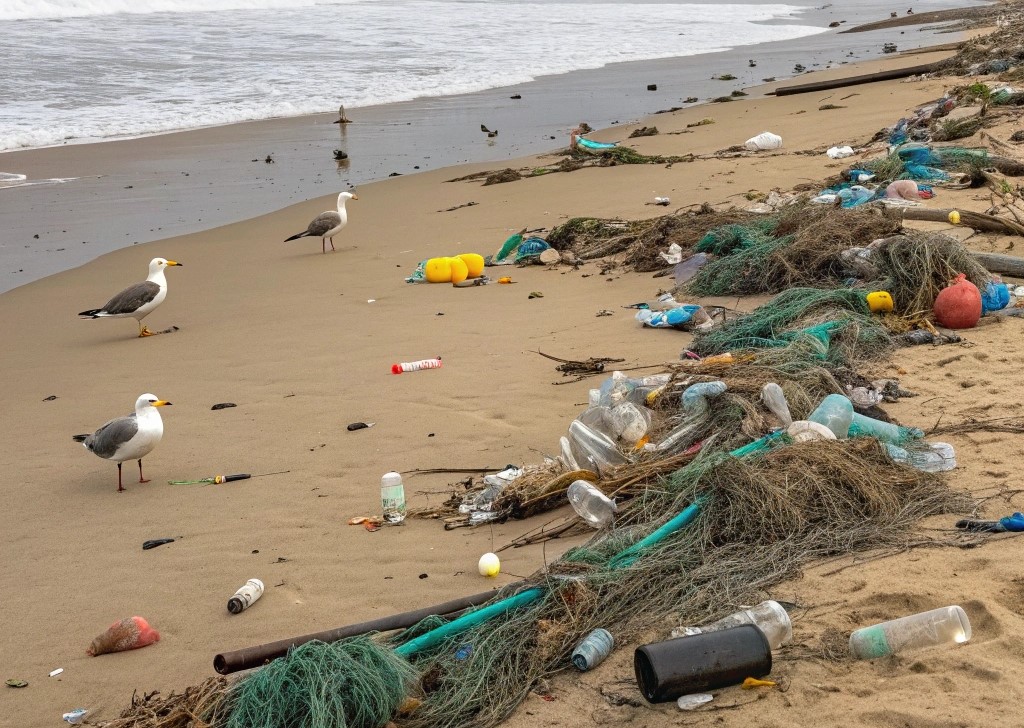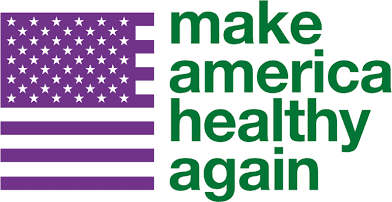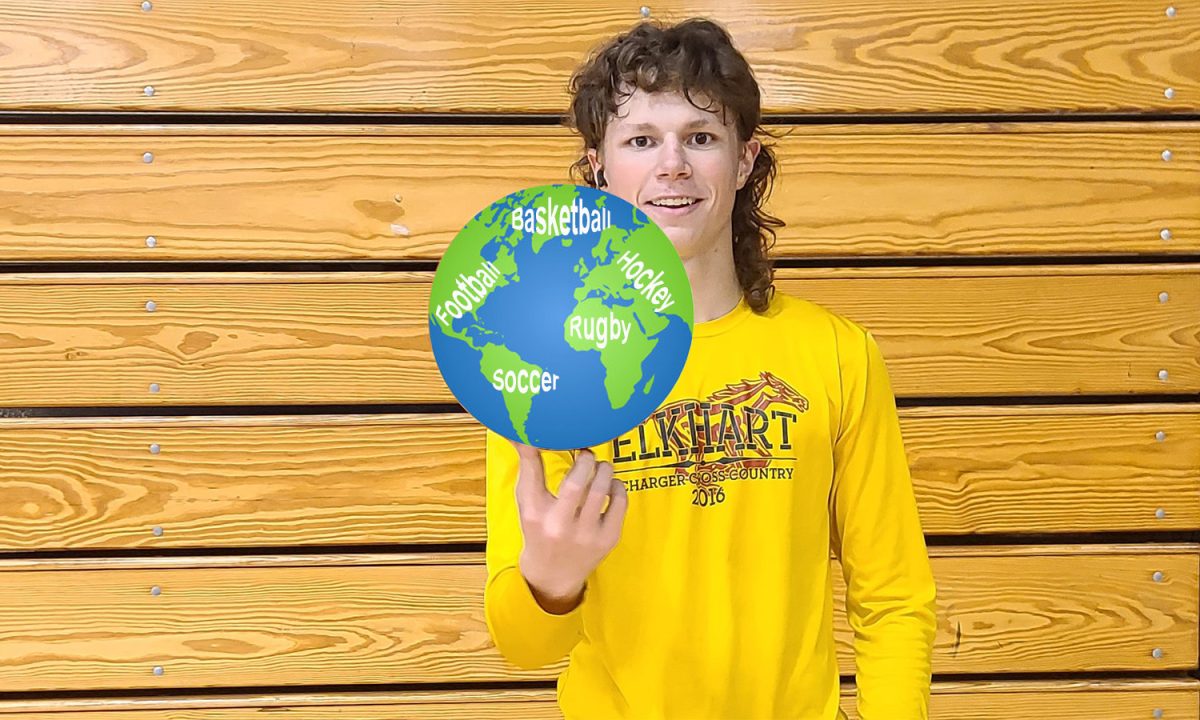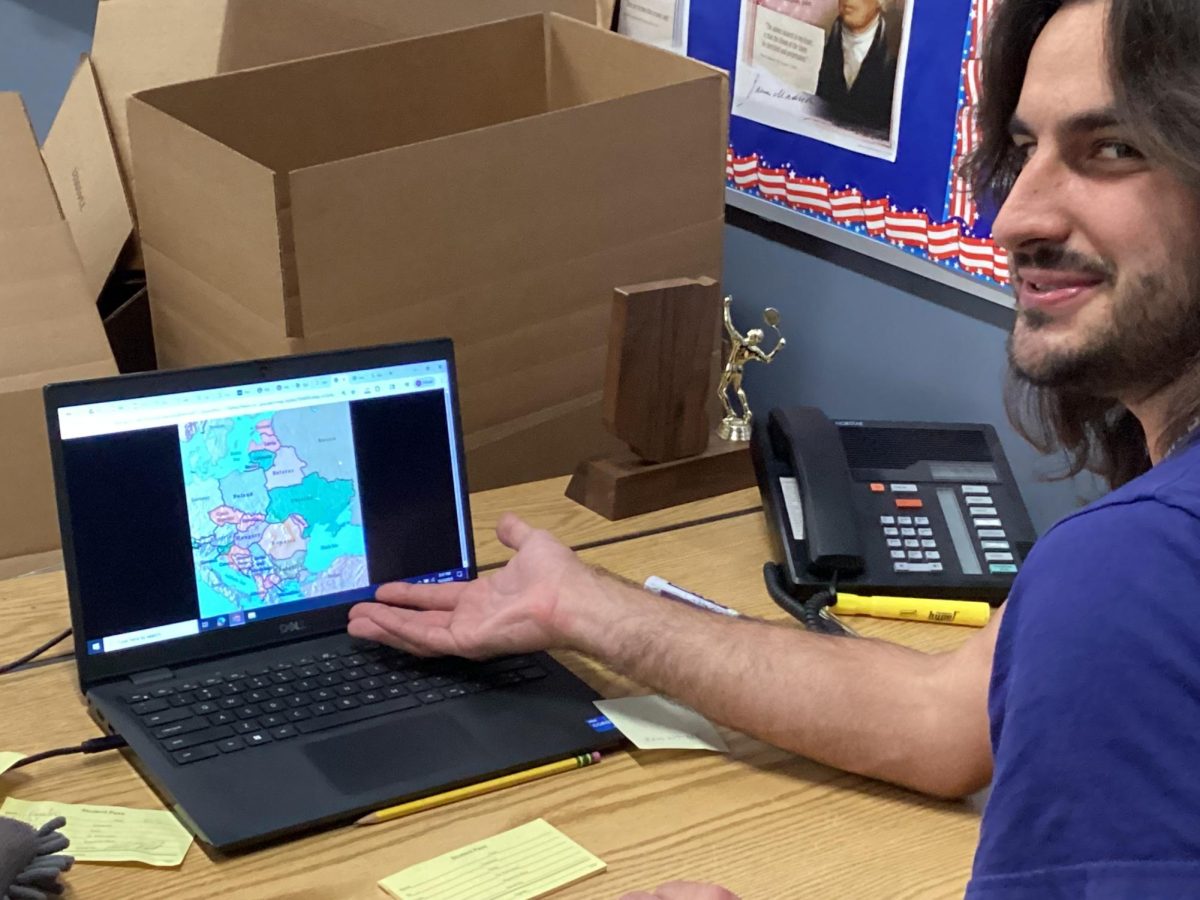Why should inland people care about the ocean pollution issue?
Just take a moment to breathe this all in. People inland should care about ocean pollution for a long list of reasons. But, the big three reasons being its oxygen production, its weather control, and its material uses–all of which eventually affect humans no matter where they live.
What’s even wrong with the ocean?
According to ourworldindata.org, 1.7 million metric tons of plastic waste ends up in the ocean–and plastic waste is not biodegradable. This means that it will stay in the ocean’s environment for years to come–centuries, in fact–harming the wildlife in countless ways. Additionally, oceanconservancyorganization.org says they have only been able to clean more than 348 million pounds of trash over the past 35 years, a clear indication that the ocean is being polluted much faster than it’s being cleaned.
As the oceancleanup.com says, due to all the pollution being caused, there has been a tremendous amount of biodiversity loss and ecosystem disruption, resulting in the death of coral reefs–which leads to decreased oxygen production and carbon dioxide consumption, effectively resulting in the acceleration of climate change. Locally, Ms. Cara Storer, an Elkhart High School Biology teacher, warns of this regarding the ocean pollution and its effect on marine biology: “When we eat animals that have also eaten microplastics, that means we end up eating the microplastics. And,” she continues, “if we don’t do anything to fix the ocean, we will only continue to ingest more microplastics.” While the long-term effects are still be researched, it is clear that microplastics are damaging the body–both animal and human.
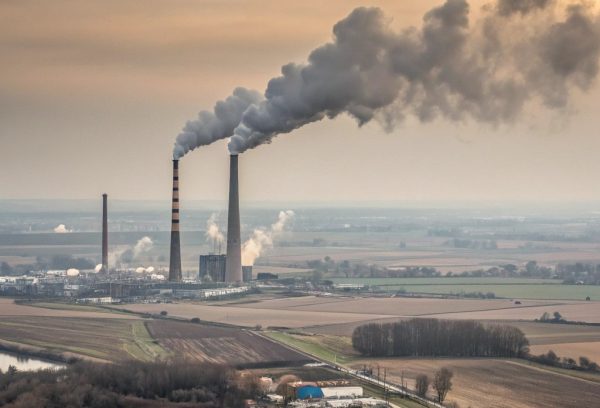 Moreover, with the extreme ocean pollution and carbon dioxide production, the ocean’s ability to consume human-made Co2 has also dropped. Yet, humans continue to produce more and more, as climate.gov points out. Additionally, oxygen production has declined about 2 percent, as scrips.ucsd.edu notes. And, according to whoi.edu, the ocean has increased in temperature by 1.5 degrees Fahrenheit due to the ocean’s inability to release more heat than it is taking in. While 1.5 degrees doesn’t sound significant, it is due to the ocean having about 352 quintillion gallons of water with each gallon of water needing 23,780 joules of heat to increase by 1.5 degrees Fahrenheit. To put this into perspective, a GJ (or gigajoule) has 1 billion J’s of heat, and it only takes 1.2 GJ’s of heat all at once to melt a standard car–meaning that the ocean has increased in heat enough to melt about 2 trillion standard cars if man were to take all the heat it has increased by and hit all the cars with it at once.
Moreover, with the extreme ocean pollution and carbon dioxide production, the ocean’s ability to consume human-made Co2 has also dropped. Yet, humans continue to produce more and more, as climate.gov points out. Additionally, oxygen production has declined about 2 percent, as scrips.ucsd.edu notes. And, according to whoi.edu, the ocean has increased in temperature by 1.5 degrees Fahrenheit due to the ocean’s inability to release more heat than it is taking in. While 1.5 degrees doesn’t sound significant, it is due to the ocean having about 352 quintillion gallons of water with each gallon of water needing 23,780 joules of heat to increase by 1.5 degrees Fahrenheit. To put this into perspective, a GJ (or gigajoule) has 1 billion J’s of heat, and it only takes 1.2 GJ’s of heat all at once to melt a standard car–meaning that the ocean has increased in heat enough to melt about 2 trillion standard cars if man were to take all the heat it has increased by and hit all the cars with it at once.
Why should inland people care?
Because of the declining conditions of the oceans, this means marine life will have harder issues surviving, resulting in the increasing scarcity of commonly used marine products–likely also resulting in increased prices or even production stops for products requiring marine life. This includes, but is not limited to, medicines: Trabectedin or Yondelis (A cancer-fighting drug), Acyclovir (an antiviral drug), and Ziconotide or Prialt (A painkiller). Additionally, the food supply would take a huge hit due to algae-based additives, which are in a wide range of foods, including dairy products, sauces, processed meats, and even desserts such as puddings and jellies. Even more importantly, fertilizers would also take a hit, which would impact almost every farm-grown food that’s produced. 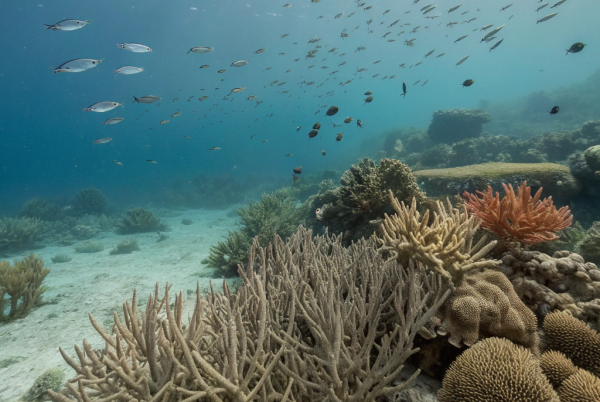
Mr. Josh Bamber, an agriculture teacher at EHS predicts what that would look like. “I think, in simple, that the price of fertilizer would go up, as would the cost of foods using them, at best.”
What does it all mean?
With all that has been said, the result is that because of the declining conditions of the oceans, everyone and almost every industry will take a blow from the decreasing marine life due to their common use in people’s everyday lives…which would affect everyone everywhere, near an ocean or not.
What is being done?
It is not yet a lost cause. There are groups such as The Ocean Cleanup, Ocean Conservancy, and Ocean Blue Project, which have millions if not billions of people around the globe helping clean the ocean–along with bigger efforts aimed at dropping greenhouse gas emissions.
Additionally there are local efforts being made from The Elkhart Environmental Center, as Projects Coordinator Ms. Annie Klehfoth says, “The main focus of our programs was recycling, and we continue that messaging today. The city was one of the few early adopters of curbside recycling for its city residents, which has now grown to single stream recycling.” These, along with greater recycling efforts being made, will directly and indirectly help clean the ocean and stop it from warming up too quickly. That leads to the next chapter: What are local efforts that are being made and who makes these efforts possible?
The EEC (Elkhart Environmental Center)
“The Elkhart Environmental Center is considered the sustainability department for the city of Elkhart,” Ms. Annie Klehfoth shares as Projects Coordinator for the EEC. 
What is the history of the EEC?
Originally, the EEC was an “open dump” area, but after the city took over the property and began to transform it, its main focus was with initiating such programs as recycling–and the city was one of the few early adopters of curbside cleaning. While the main focus has shifted in recent times, recycling still remains as a large part of their efforts and instruction, as Klehfoth explains. “While recycling is still an important part of our programming and messaging, we are making efforts to shift our focus to the wider scope of sustainability.”
What has the EEC accomplished?
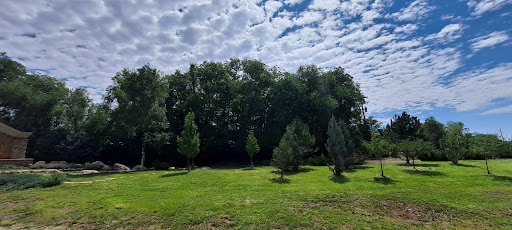 As Klehfoth explains, “Since these initial steps in 2020, the EEC has installed ground- and roof-mounted solar panels with public-facing data tracking to show the real-time impact of renewable energy, installed electric vehicle charging stations in downtown Elkhart and at the EEC, switched out one of our fleet vehicles for an electric vehicle, and begun conversations with other city departments on potential money- and GHG-saving measures that can be taken moving forward.” Additionally, the EEC has planted over 2,000 trees around the city and produced over 30 megawatts of power in clean ways, both of which help reduce the impact on the environment from climate change.
As Klehfoth explains, “Since these initial steps in 2020, the EEC has installed ground- and roof-mounted solar panels with public-facing data tracking to show the real-time impact of renewable energy, installed electric vehicle charging stations in downtown Elkhart and at the EEC, switched out one of our fleet vehicles for an electric vehicle, and begun conversations with other city departments on potential money- and GHG-saving measures that can be taken moving forward.” Additionally, the EEC has planted over 2,000 trees around the city and produced over 30 megawatts of power in clean ways, both of which help reduce the impact on the environment from climate change.
What has the EEC done recently?
EEC became involved with the Indiana University Environmental Resilience Institute in 2020 and, through their efforts, were able to create a greenhouse gas inventory for the city, which began drafting a Climate Action Plan for the city of Elkhart. Additionally, they have started working with students right from this very school. “Last year,” Klehfoth recounts, “our city council passed a student-led Climate Resolution.” Explaining further, she adds, “A group of students from Elkhart High School (Greenheart) worked on this resolution that not only acknowledges climate change and its impacts, but also outlines steps for the city to take moving forward.”
What does the EEC plan to do next?
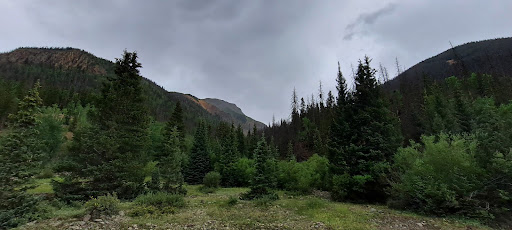 One goal of EEC is to create an official city-wide Climate Action Plan for the city, which they have been working on for some time, which will outline greenhouse gas emission reduction goals along with other sustainability initiatives.
One goal of EEC is to create an official city-wide Climate Action Plan for the city, which they have been working on for some time, which will outline greenhouse gas emission reduction goals along with other sustainability initiatives.







